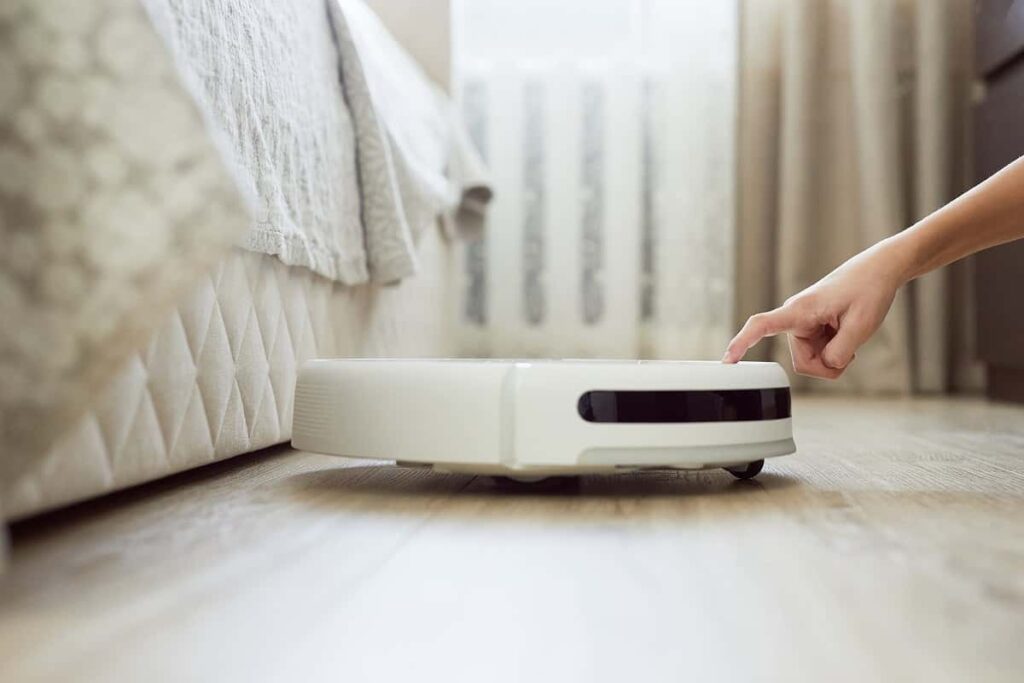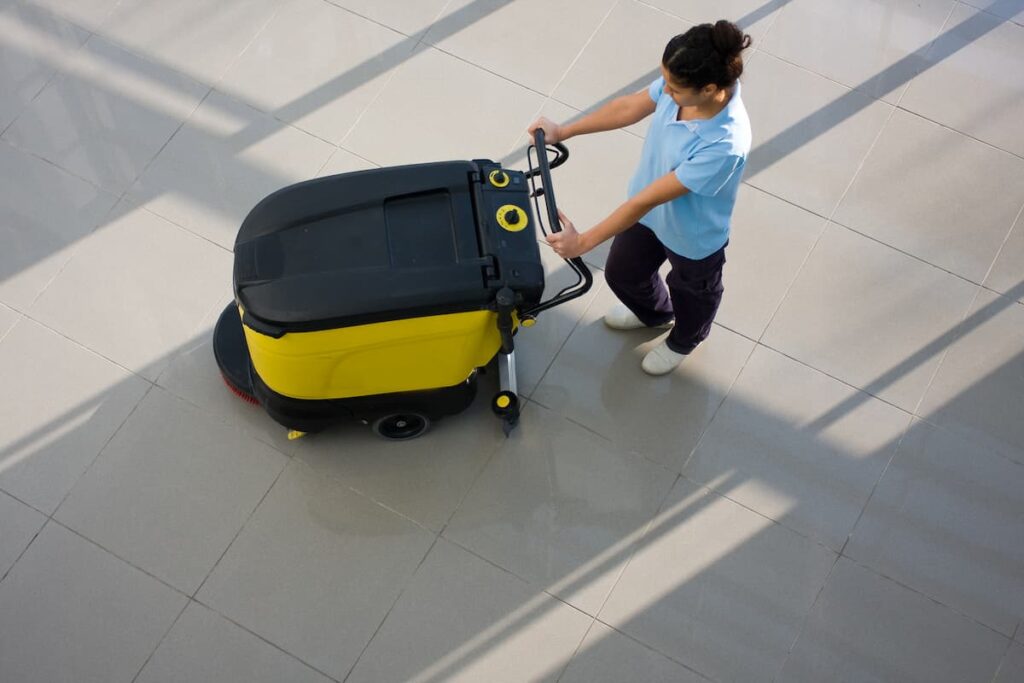Robotics and AI Assist in Caring for the Elderly
Table of contents
Table of contents

As Mick Jagger famously sang, “What a drag it is getting old”. Though with a net worth of about $360 million and holding court in the pantheon of rock-n-roll gods, Mick Jagger is probably greying about as well as anyone could at age 74. He certainly will have nothing to worry about when the day comes that he can no longer do the rooster strut; Jagger can afford the best elder care money can buy. Most of us probably won’t have the financial means to hire a team of 20-something-year-old nurses in short, black latex skirts to take care of us when we become dirty old men. The best most of us can hope for is not to be locked in a closet and left to stew in our own feces. Seriously: One in three nursing homes in the United States have been cited for elderly abuse. That’s why we’re all for robots and artificial intelligence swooping in to take as many of these jobs as possible.
Surprisingly, this subset of healthcare is predicted to remain automation-proof in the short term. That’s the conclusion from the bright minds at CB Insights, which recently put out a report on the 10 million jobs in the United States that will go away in the next five to 10 years. At the top of the list were cooks, cleaners and warehouse workers. On the flip side, nurses and health aides have little to worry about from Rosie the Robot for now, according to CB Insights, noting that “dynamic decision making in unpredictable environments make these patient-facing jobs hard to automate”.

In the United States, 1.5 million people are employed as nursing aides and orderlies and another three million work as home health aides and personal care aides. These folks get paid as if this were more of a hobby than an occupation, with median wages ranging from $22,000 to $26,000 per year, according to the U.S. Bureau of Labor Statistics. Still, the BLS projects that the home health and personal care aides category alone will add more than a million new jobs in the next decade. That’s because the United States, along with the rest of the world, is getting older. About 962 million people on the planet are aged 60 or older today. That’s expected to more than double to 2.1 billion by 2050 and more than triple to 3.1 billion at the end of this century, according to the United Nations.
In Japan, famous for the longevity of its people, their endearing use of engrish, and their fetish for girls in Catholic school uniforms, the care of the elderly is a particularly acute problem. A third of the Japanese population is reportedly above the age of 60, and the number of people over 90 years of age just topped two million for the first time. Add in a rapidly shrinking population, and you have a country where you have more people eating the early bird special than not. So it’s no surprise that Japan is leading the world in robotic elder care, offering a glimpse into our geriatric future.
Pet Peeve
Apparently that future includes a lot of robotic pets. Again, that comes from our friends at CB Insights, in a recent dive into how robotic pets can help the elderly with simple health care needs, such as reminders on when to take medication, and even provide companionship. While we always assumed the most famous robotic canine was actually K9, a faithful robotic pet to time-traveling Dr. Who, CB Insights notes that Sony’s robotic dog Aibo sold about 150,000 units between 1999 and 2006.

The latest generation of robotic pets, CB Insights reports, is less metal and more fur. Hasbro offers a line of cats and dogs under the awkwardly named brand Joy For All Companion Pets. These furry robots react to touches with pet-like movements and respond to sound with Bark Back technology, whatever that is. Companion Pets retail starting at $99.
You’ve heard of therapy dogs. How about therapy seals? A robotic therapy seal? Developed by the National Institute of Advanced Industrial Science and Technology (AIST), PARO does more than just wag its tail, er, flipper. It has five kinds of sensors that it uses to perceive its environment: tactile, light, audition, temperature and posture sensors. The posture sensor, for example, alerts PARO that it is being held. The robotic seal has even been the subject of scientific research to gauge its effectiveness for different kinds of therapy, including a 2016 study that showed PARO could reduce stress and anxiety in patients with dementia.

In the same vein, a small Japanese startup called Yukai Engineering is marketing a robotic pillow with a tail as a therapy device. Qoobo, the “Tailed Cushion That Heals Your Heart”, is available through the company’s Kickstarter campaign, which has raised more than $60,000. As far as we can tell, this advanced piece of technology wags its tail. Often.
Companion Robots


The company is currently looking for volunteers to help ELLI•Q learn even more.
Update 02/18/2020: Intuition Robotics has raised $36 million in Series B funding to focus on building out its assistant’s capabilities. This brings the company’s total funding to $58 million to date.
Founded in 2009, CT Asia Robotics in Thailand makes a line of elder care robots called Dinsow. The Dinsow mini is the latest iteration. Dinsow mini remains perched next to the user’s bed and can help with video calls (as shown below), stream music, display pictures, and play games.

Dinsow even has a “dementia” function where it plays memory exercises with the user, showing pictures of different people and asks the player to match the face with a name.
Yet another home companion robot for the elderly is Rudy from Fairfax, Virginia-based INF Robotics. Shaped like a robot but mostly just a screen with wheels, Rudy hit the market in 2014. It provides two-way communication between a senior and caregiver, who can also take control of the robot remotely. Rudy gives medication reminders and provides some rudimentary social interaction.
AI-911

Home Visit


A recent story in Forbes says the startup can build one robot per day using 3D printing. OhmniLabs is marketing the robot for both families and healthcare providers.
Conclusion
The need for technology to help care for an aging population is self-evident. The question still remains whether the answer lies in robots with frozen, creepy grins on over-sized heads. Certainly, cultures like the Japanese have embraced robots in all forms and fashions but most of us haven’t gotten past trusting our Roomba to properly clean the floor let alone take care of grandpa. Still, if the choice comes down to a headless robotic pet pillow and a 350-pound orderly with a smack habit, maybe we should let the machines take over the world after all.
Sign up to our newsletter to get more of our great research delivered straight to your inbox!
Nanalyze Weekly includes useful insights written by our team of underpaid MBAs, research on new disruptive technology stocks flying under the radar, and summaries of our recent research. Always 100% free.














